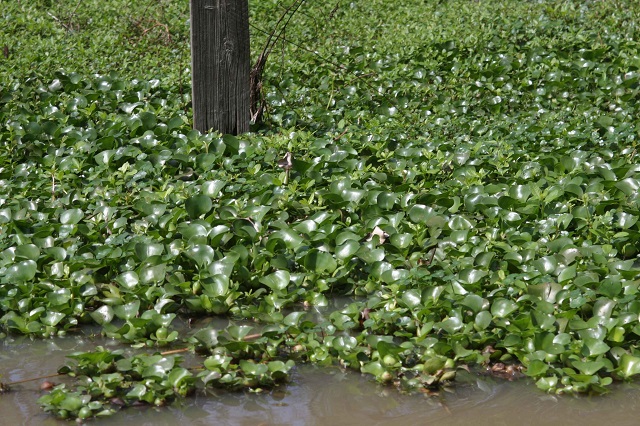
Kampala, Uganda | THE INDEPENDENT | The National Environment Management Authority-NEMA is in search of two billion Shillings to clear the water hyacinth from River Rwizi.
The river, which is the lifeline of millions of people in the Ankole area, has had its water levels dwindling seriously as a result of human activity and the water hyacinth which now covers a big portion of the water.
The National Environment Management Authority focal person for southwestern Uganda Jeconious Musingwire observes an urgent need to raise money since the cleaning of the river cannot be done manually. He says that the manual removal of the hyacinth will instead worsen the situation.
Bright Muhumuza, an environmental activist in Mbarara Municipality faults the local governments and e urban authorities that benefit from the river for failing to allocate funds for the maintenance of the resource and ensure that the river does not go to waste.
Elly Muhwezi, the programs coordinator at Uganda Citizens Alliance says that the need to clean River Rwizi is very urgent and must be handled as an emergency. He says that Mbarara district which takes the biggest share of the river and where contamination takes place at a high rate has not done enough to save the situation.
Mbarara chief Administrative officer Kweyamba Ruhemba says that the district has merged resources to enable them to contribute to the noble cause. The district has in the financial year 2019/2020 budgeted for the sensitization of the locals on how to protect wetlands and rivers.
He says that the bigger share of 45 million Shillings has been allocated to the repair and maintenance of the boreholes in the district to ensure that they avert a possible water crisis.
He says that there is a need for joint efforts between the government, locals and development partners if the planned move to clean river Rwizi is to be realized.
The National Water and Sewerage Cooperation – NWSC, spends an average of 900 million Shillings per month on water treatment. However, the declining water quality and quantity is evidently becoming a major threat to energy, food, income, environment and social security in the Great Lakes region.
River Rwizi in Mbarara has receded to the lowest flows in the recent past and the quality of the raw water is not good. For the past five years, NWSC has been spending on average 750 million Shillings on water treating chemicals per month which is about 9 billion shillings per year.
*****
URN
 The Independent Uganda: You get the Truth we Pay the Price
The Independent Uganda: You get the Truth we Pay the Price



